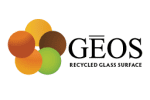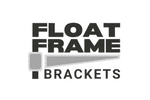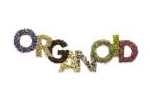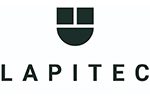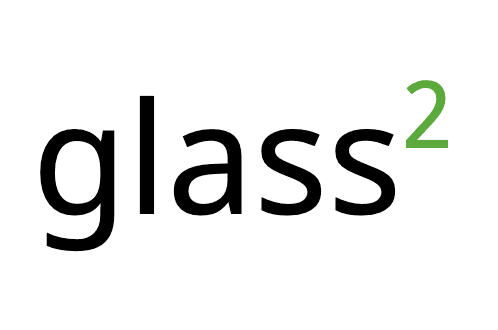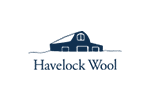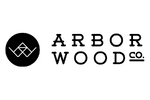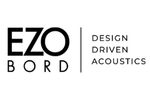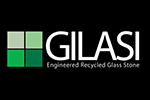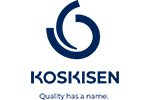7 Smart Design Choices for a Sustainable Home
Nobody says green anymore, do they? Is it sustainable now? Or healthy?
Whatever the vernacular, there is a generation of homeowners, who, like interior designers, are demanding cleaner, greener, healthier homes. They are doing their research, know what to ask for, and are demanding products that meet their requirements, which they have become experts on – online.
Here are some of the products and methods that they will be asking for:
Local products
Procuring materials locally, ideally made locally as well.

Responsibly harvested wood
Designations like FSC and SFI mean that the forest was managed properly during the extraction of the wood materials. This can apply to flooring, plywood, MDF or countertops like PaperStone.

Recycled countertops
There are options for recycled solid surface, recycled paper composite, and recycled glass countertops for the home, and many people are opting for this over the mined products like granite and quartz. The aesthetic of many natural stones and quartz are converging, carving out a space for recycled countertop products not just due to their sustainability profile, but their aesthetic as well.


Silica free surfaces
There is a lot of buzz around silica content in things like quartz, concrete and tile. The mining and cutting of these materials can cause crystalline silica to become airborne and cause severe lung disease. Choosing materials that have minimized both the silica content and potential exposure to the workers that cut them is becoming more widespread as awareness increases.

VOC-free paints, sealants, and adhesives
Wallcoverings, flooring, tile and countertops can all contain chemicals that release into the home. They can also be installed with glues or sealers that contain these chemicals, which can be harmful to your health. This should be a no-brainer, but many of these products are still low VOC vs. no VOC, but there are options out there.

Red list free
The red list has the bad boys of the chemical world on it, and getting a red list free designation is the new “must have” for building materials to even make the cut in many projects today.
View an example here on the International Living Future Institute website.
Less space
This one probably should have been first because, in the sustainability world, building only what you need is really step one. Trends like tiny homes and Hygge design are both ways of freeing up money from floorspace to finishes, so you have only what you need – but with the higher end healthier products that keep you safe and comfortable.
So, whether you are a builder, designer or homeowner, the starting checklist is pretty manageable to chart your path toward a healthier home. We even included this handy downloadable graphic to get you started.
Stay up to date on eco-friendly home options by signing up for our monthly newsletter here.


